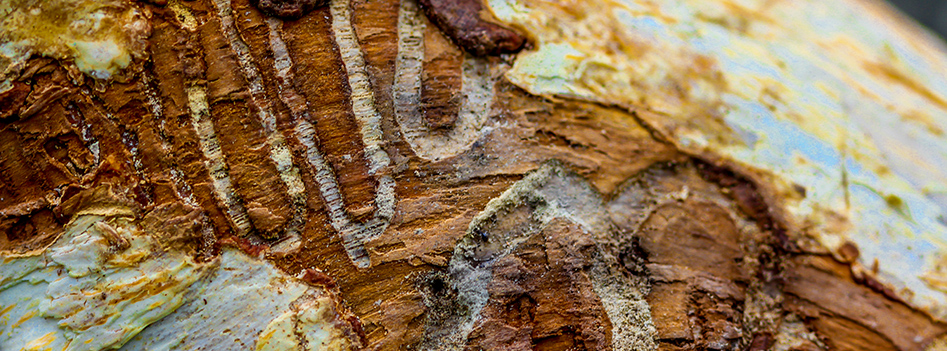IPHCS Recommends Emerald Ash Borer Treatment in NJ

New Jersey’s first emerald ash borer was confirmed in late 2015. And while a single beetle may seem harmless, officials are bracing for a full-blown infestation statewide.
Protect your lawn and landscaping from this tree-killing pest by understanding what the emerald ash borer does, what type of damage it’s capable of, and what measures need to be taken.
What is the Emerald Ash Borer?
The emerald ash borer is a metallic green beetle roughly the size of a penny. The insect is native to eastern Russia and Asia, but found its way to the U.S. (likely in ash shipping pallets) in 2002. It was first discovered in Michigan, and has since spread in all directions to 24 other states including New Jersey.
Why is the Emerald Ash Borer So Dreaded?
This bug “bores” into ash trees and lays its larvae, usually between June and August. The larvae then penetrate the bark and eat away at the tree, depriving it of nutrients and water. An infested tree usually dies form the top down within two to four years of exposure. In the U.S. alone, the emerald ash borer is responsible for killing more than 50 million ash trees.
In New Jersey, an infestation could be particularly devastating. There are nearly 25 million ash trees in NJ’s forests, not to mention many more in backyards and along streets in the northern part of the state. Since the first sighting in Somerset County, emerald ash borers have been found in six counties throughout Central and Northern NJ.
Stages of Infestation
There are three main stages of emerald ash borer infestation, each with its own recommended treatments:
1. Early (NJ is currently in this stage)
Populations are slowly growing, but ash losses are under 8 percent of the total tree population. The effects aren’t fully visible, giving a false sense of security. Preventative soil treatment with Imadacloprid recommended.
2. Peak (years 5-10 after first detection)
Populations are extremely high. Most unprotected ash will be decimated in 4-5 years. Trunk injection with Emamectin Benzonate recommended to provide 2-3 years of protection.
3. Late Stage (10+ years)
Most unprotected ash trees have been killed. Preventative soil treatment with Imadacloprid recommendation comes full circle. Monitoring with traps also recommended.
Emerald Ash Borer Treatment: The Time to Act is Now!
The state is pouring resources into combatting the emerald ash borer. If you have any type of ash tree surrounding your NJ property, contact Integrated Plant Health Care Systems for treatment, which may include any combination of:
• Soil with Systemic Insecticide
• Stem and Foliar Sprays
• Basal Trunk Spray with Safari
• Trunk Injection with Systemic Insecticide
• Tree Removal & Replanting
Don’t wait. The emerald ash borer is considered high risk!
May 2016 Rutgers Plant and Pest Advisory Update on Emerald Ash Borer!





